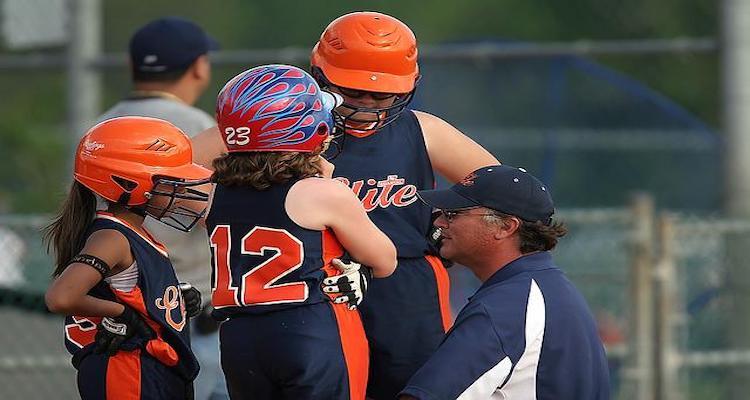
One of the most intriguing issues in sport is how we treat others based on our initial expectations. For example, how do we treat people from whom we expect more? It appears in at least four ways. First, we give them more and better quality feedback. Second, we provide them with warmth (a warmer socio-emotional climate). Third, we give them more opportunities to give their input. Finally, we give them more challenging tasks to optimise their development.
What does this process mean? This process means that what we expect of others translates into a set of behaviours on our part that either helps them to develop or hinders their development. The good news is that we can work on each of these elements to help our athletes to thrive in sport -
Step 1 – Improve the quality and quantity of our feedback – F – Feedback
We begin here with F – for feedback. People want quality feedback, but they also want some quantity too. Part of the feedback process is finding out how much and how often a person values feedback. We can always check in to see what works for whom and why. It seems like a challenging load of work but in the end it makes all the difference to the player and you embolden the player to practise, improve and maximise.
Step 2 – Show warmth and understanding in our interactions – I –Interest
It’s not just quality and quantity of feedback that people need, they need those words shared with warmth, understanding and interest. The more warmth, understanding and interest you show, the more you the player interprets what you are saying as an understanding about their ability and your expectations for the player. Your interest in them is the greatest gift you can show them and they will all thrive under your tutelage.
Step 3 – Ask them for their input more often – A – Ask
We can tell people what to do and deny or negate their intelligence, or we can ask them for their opinions and honour their intelligence. Which do you wish to do? The answer is simple. We need to involve the athlete, ask questions, seek their opinions. Most of all, we need to value their input and open a dialogue. We cannot always do this work on the practice ground but we can, and we ought to find time to do this work.
Step 4 – Set challenges to keep them moving on up – T – Test
All athletes need challenges to keep them moving in the right direction. They need these challenges to understand where they are in relation to their own standards and the standards of those around them. We need, in the best possible way, to test our athletes. We do not need to see tests as win or lose; rather, tests are challenges to keep people moving on up.
The next time you take a training session, maybe you can think FIAT. Feedback, Interest, Ask and Test. Maybe you can show all athletes this warm expectation you have for them all. Maybe, you can grow the greatest sense of motivation and confidence that lasts long after their careers have finished. Maybe you can light a fire within your athletes that lights a fire in everyone they meet. The respect you show them will be the respect they show themselves and all others.
Reference
Solomon, G. B. (2010). The influence of coach expectations on athlete development. Journal of Sport Psychology in Action, 1:2, 76-85, DOI: 10.1080/21520704.2010.528173
Image by Keith Johnston from Pixabay
